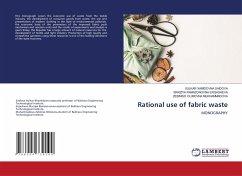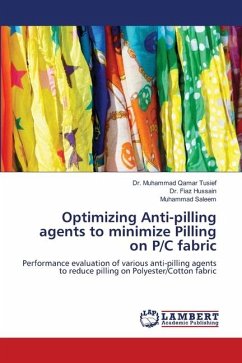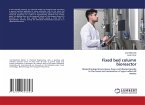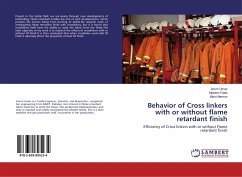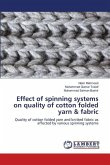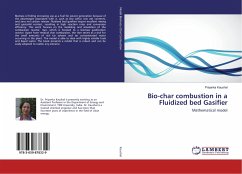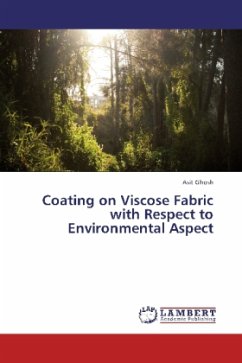The commercially available hospital textiles, made of fibers like cotton, polyester and their blends, have moisture absorbency and heat transportation properties which are not sufficient to transmit the body heat and fluids, leading to a moist laden atmosphere on the skin which is conducive for the growth of microorganisms like bacteria, fungus and virus. Space between the two fabric layers in weft knitted spacer allow air and heat to circulate through the material. Thermo physiological properties of 100% polyester weft knitted spacer fabric depends upon the thickness, porosity and bulk density of the fabric. For enhancing the handle properties of the weft knitted spacer fabric softener finish has been applied over the fabric in three different concentrations (10, 20 and 30 gpl). Current research work is highlighting the effect of varying the thickness and softener concentration of the weft knitted spacer fabric on thermo physiological properties. It has been observed that thermophysiological properties of weft knitted spacer fabric with or without softener finish are better than the commercially available woven hospital bedsheet (100% polyester).
Bitte wählen Sie Ihr Anliegen aus.
Rechnungen
Retourenschein anfordern
Bestellstatus
Storno


